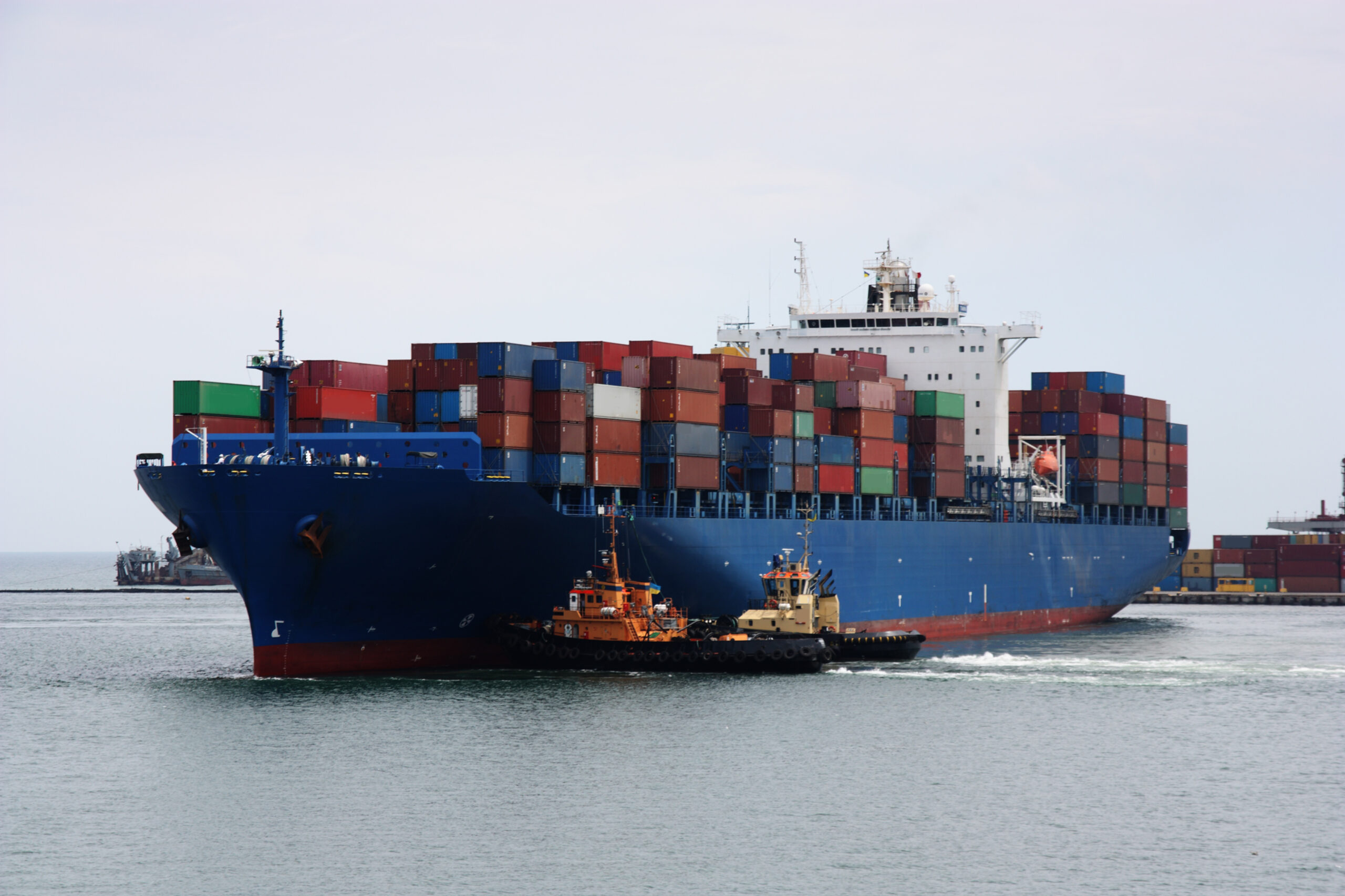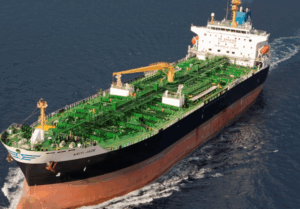The maritime industry must have 85 million GT of zero-emission ships each year over the four-year period from 2027 to 2030 to achieve the indicative checkpoints for 2030 and 2040 developed by the International Maritime Organization (IMO) in its 2023 Greenhouse Gas (GHG) Strategy, according to the estimates from Japan´s classification society ClassNK.
It is also suggested that “an annual introduction of 80 million gt of zero-emission ships over the 14-year period from 2027 to 2040 will be necessary.”
The IMO adopted the “2023 IMO Strategy on Reduction of GHG Emissions from Ships”, which includes goals such as achieving net-zero GHG emissions by or around 2050.
It has set a net zero GHG target for shipping to be achieved by or around 2050, a strategy that is expected to result in the 5% to 10% uptake of zero-emission fuels and a 40% reduction in CO2 emissions per transport work by 2030 when compared to 2008.
In July, IMO members agreed on so-called indicative checkpoints of reducing emissions by at least 20%, and striving for 30%, by 2030 compared to 2008 levels, and at least 70%, striving for 80%, by 2040, compared to 2008 levels.
In light of this situation, ClassNK has published a white paper which analyses the allowable life cycle GHG emissions for international shipping and the required introduction amount of zero-emission fuels and zero-emission ships, to achieve the targets and indicative checkpoints in the 2023 IMO GHG Strategy, including comparisons with the current situation.
Nippon Kaiji Kyokai (Class NK) has estimated that in order to achieve the indicative checkpoints for 2030 and 2040, approximately 25% and 72% of the fuels used in international shipping respectively must be zero-emission fuels. This necessitates the procurement of methanol and ammonia, especially those derived from green hydrogen.
In accordance with the class society, while the strategy sets numerical targets for reducing GHG emissions as well as indicative checkpoints, the maritime industry “has not yet reached a common understanding of what these numerical targets mean for international shipping.”
In order to secure the zero-emission ships required to achieve the indicative checkpoint for 2040, an annual introduction of 77 million GT of zero-emission ships will be essential during the ten-year period from 2031 to 2040, involving new buildings and retrofits of existing ships.
Given that 25% introduction of zero-emission fuels is required to achieve the indicative checkpoint for 2030, achieving only a 5% to 10% introduction of zero-emission fuels, as outlined in the 2023 IMO GHG Strategy, would make it “challenging” to achieve the indicative checkpoint for 2030, ClassNK suggested.
Even if the indicative checkpoint for 2030 is not achieved, an annual introduction of 80 million gt over the 14-year period from 2027 to 2040 will still be necessary, in accordance with ClassNK.



